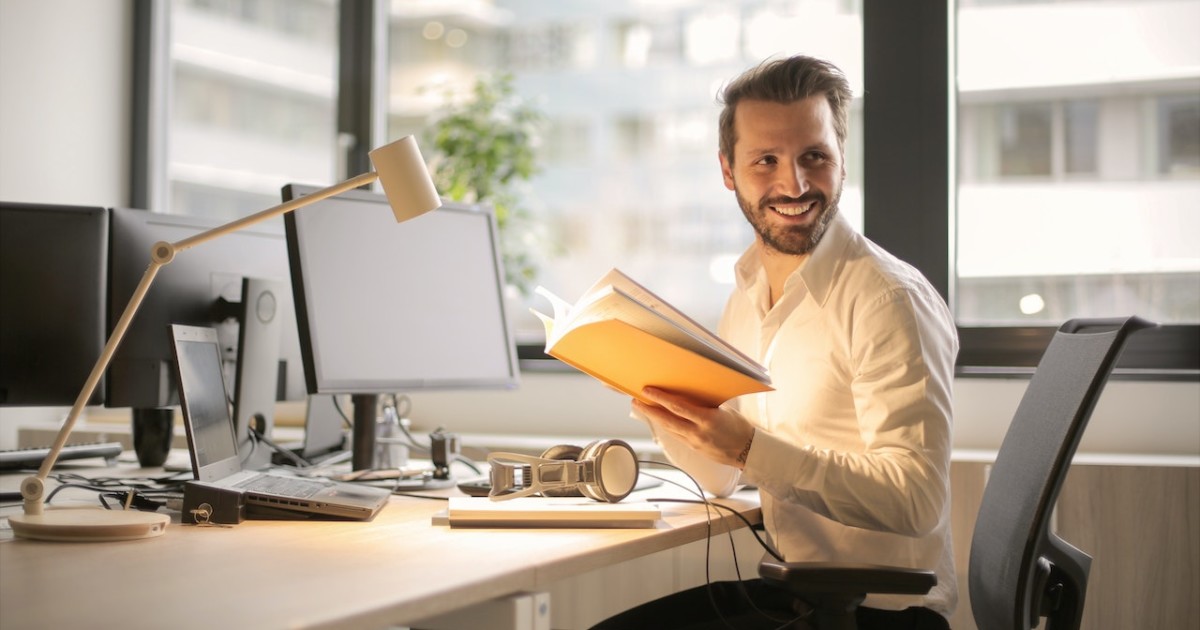The importance of contract management in procurement: best practices for 2026
Procurement teams today work in an environment defined by complexity, accountability and constant change. Supplier relationships are global, compliance requirements such as NIS2 are tightening, and leadership teams expect procurement to deliver both savings and resilience.
In this landscape, contract management has become the backbone of strategic procurement – not just a back-office task.
Understanding contract management in modern procurement
Contract management is more than document storage or signature collection. It’s the ongoing process of creating, managing and monitoring supplier agreements throughout their lifecycle.
A structured approach ensures that:
- Every supplier commitment is clear and traceable
- Renewals and obligations are handled on time
- Risks are visible and managed before they become costly
Modern procurement contract management systems (CLMs) combine automation, AI and digital collaboration to make this possible.
Why effective contract management matters more than ever
1. Compliance and NIS2 readiness
The NIS2 directive expands cybersecurity and supply chain accountability across Europe.
Procurement teams must now prove that their vendors handle data and services securely.
Well-managed contracts define security responsibilities, reporting obligations and audit rights — and a CLM platform keeps these clauses accessible and verifiable.
2. Cost control and performance
Contracts capture negotiated value – but without active monitoring, savings are easily lost.
Visibility into pricing, SLAs and renewal terms allows procurement to enforce value and address underperformance proactively.
3. Supplier relationships built on transparency
A clear record of commitments and performance builds trust.
When suppliers and internal teams work from the same data, collaboration improves, disputes decrease and accountability grows.
Best practices for contract management in procurement
1. Centralize all contracts in one secure platform
Fragmented storage is the root of most procurement inefficiencies.
A centralized repository gives teams immediate visibility across suppliers, categories and risk levels.
Pro tip: A system like Zefort keeps every agreement searchable, version-controlled and accessible to both procurement and legal.
2. Automate renewals and reminders
Manual tracking leads to missed deadlines.
Automated reminders ensure renewals, reviews and terminations are handled proactively. This protects budgets and avoids automatic extensions on poor terms.
3. Use AI features for structure and insight
AI can identify supplier names, key dates, values and obligations automatically, turning unstructured contracts into actionable data.
Procurement can then search, filter and report on contract portfolios instantly — without manual indexing.
4. Collect supplier data digitally
Forms and questionnaires are essential for supplier due diligence and NIS2 compliance.
Zefort Forms allows procurement to gather security, ESG or compliance data directly from vendors and link it to the relevant contract.
5. Maintain a continuous audit trail
Audit readiness is not a yearly event — it’s an always-on capability.
Each action, approval and change in a CLM platform is recorded automatically, creating a complete, timestamped history ready for inspection.
Strategies to strengthen procurement contract management
- Standardize templates and clauses
Consistency improves speed and reduces ambiguity.
Templates should include clear renewal terms, SLAs and NIS2-related security requirements. - Define ownership and accountability
Assign contract owners within procurement or business units. Visibility drives responsibility. - Integrate with ERP and sourcing systems
Synchronize contract data with purchase orders, invoices and supplier records to maintain one source of truth. - Measure performance continuously
Use dashboards to track active contracts, renewal pipelines and supplier risk indicators. - Review and optimize regularly
Quarterly reviews of contract data can reveal hidden savings and compliance gaps.
The role of technology and automation
The biggest shift in recent years is the rise of AI-driven contract management.
Instead of reactive administration, procurement teams can now rely on systems that:
- Read and tag contract data automatically
- Trigger reminders and alerts
- Generate compliance reports in seconds
- Provide analytics on supplier exposure and spend
Zefort’s CLM brings these capabilities together in a single, easy-to-use platform designed for procurement professionals, not just legal teams.
Key takeaways
- Contract management is now central to procurement governance and NIS2 compliance.
- Visibility and automation reduce risk, save time and build supplier trust.
- AI and digital forms turn contract data into real-time insight.
- Procurement leaders who modernize their CLM gain control, compliance and confidence.
Ready to take control of your supplier contracts?
Talk to our procurement specialists and see how Zefort helps teams centralize contracts, automate renewals and stay compliant with NIS2.





